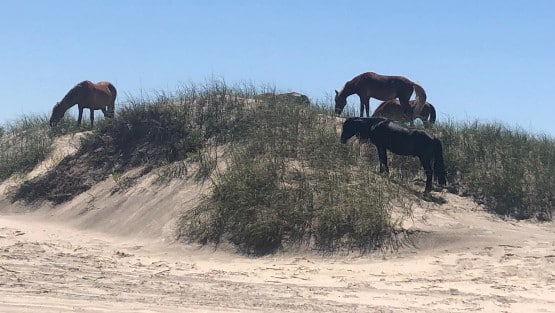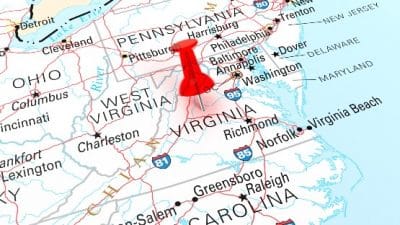
“It was one of the greatest phone calls I got, early on,” recounted Leanne DuBois Harrow of the Virginia Department of Agriculture and Consumer Services. A representative of a national distributor of cafeteria foods asked, “Alright, where are the farms? We need some farms.”
School systems in Virginia were asking for products from Virginia farms, Harrow said, and their suppliers were taking notice. Today, “a lot of the distributors now are champions of farm-to-school” and working with smaller-scale farms to help meet customer demand.
Harrow manages VDACS’ Virginia Grown marketing program and coordinates the Virginia Farm-to-School program. She spoke at the Virginia Farm Bureau Federation Spring Conference about efforts in recent years to make local and Virginia-grown foods available in state schools.
In 2010, she told conference participants, the federal government made the first changes in years to its requirements for school lunches. Those changes called for more fruits, vegetables and whole grains; limits on sodium, sugar and fat; and healthier snack options.
When it comes to fostering students’ appreciation for nutritious foods and for agriculture, “the front line of education is the lunch line,” Harrow said.
The U.S. Department of Agriculture’s 2015 Farm to School Census found farm-to-school activities in 68 Virginia school districts, or 57 percent. The activities were taking place in more than 1,300 schools and reaching about 887,000 students. Sixty-three percent of the schools were using locally sourced foods for breakfast, 92 percent were sourcing locally for lunch and 12 percent were sourcing locally for snacks. Some schools also were integrating local foods into summer meal programs.
Ninety-three percent of participating schools reported serving local fruits, 88 percent reported serving local vegetables, 37 percent were serving local milk and 28 percent were serving local meats or poultry. Forty-seven percent of Virginia districts surveyed said they plan to increase local food purchases in the future.
Farm-to-school sourcing is not without challenges, Harrow said. For smaller-scale farmers, those challenges include meeting institution-size product needs, as well as getting those products delivered. School systems sometimes lack staff and infrastructure needed to prepare meals from scratch, and staff at some aren’t sure where to start looking for local foods. Additionally, they have specific procurement procedures.
In recent years, Harrow said, some districts have purchased products through local food hubs and directly from produce auctions and farmers. Some farmers have welcomed school nutrition staff to their farms and have visited schools to talk about their products and their work. Students and their parents have been invited to sample new foods and give input on proposed additions to menus.
“It’s definitely relationship-driven,” Harrow said, adding that Virginia is “kind of seen as a big player on the farm-to-school scene, and it’s really because of the grassroots efforts.”
Virginia Farm-to-School Week will be observed Oct. 3-7.










